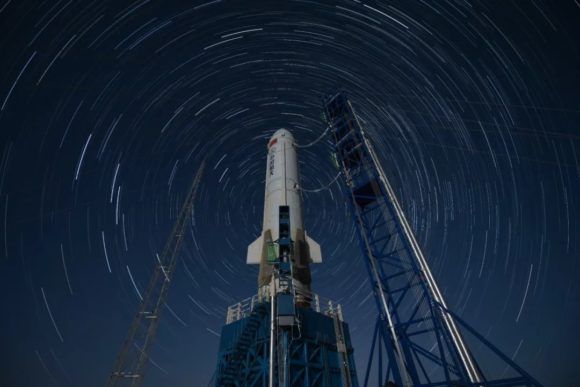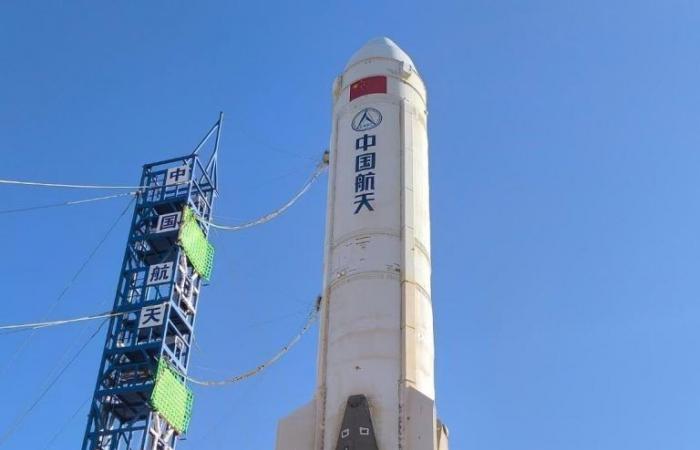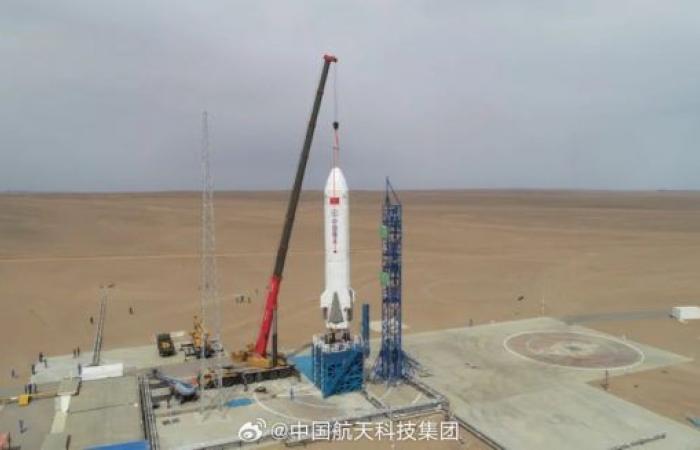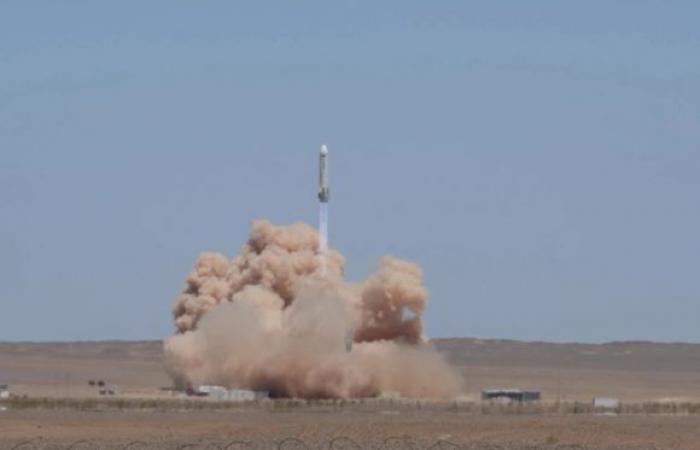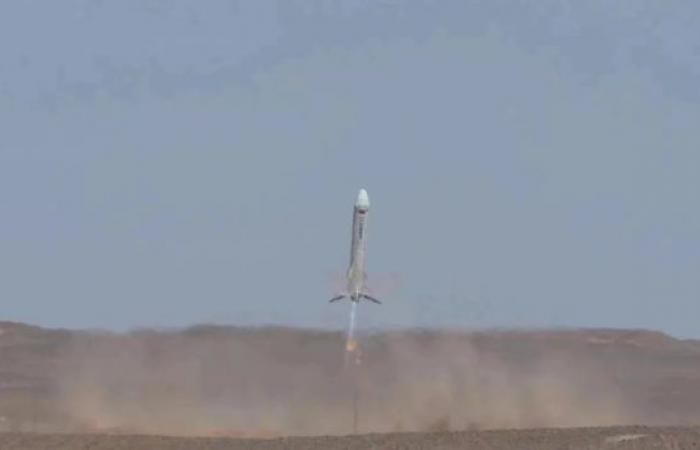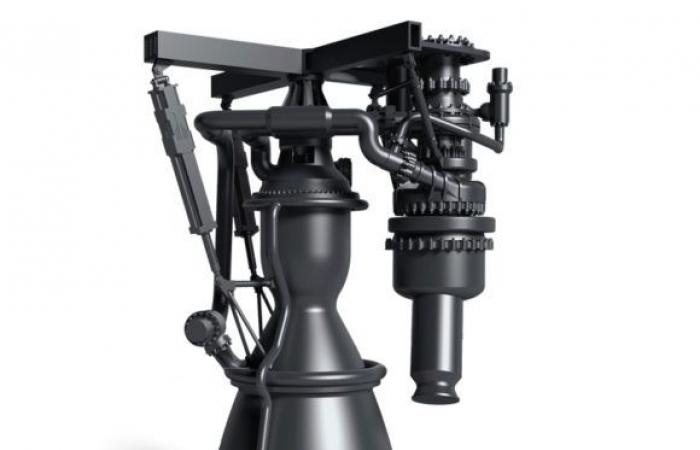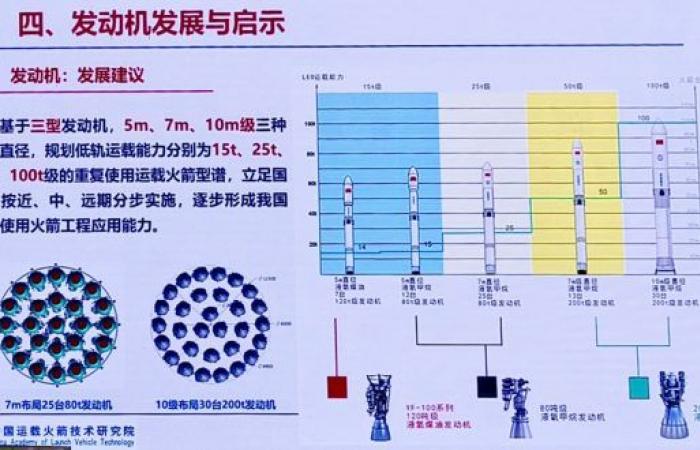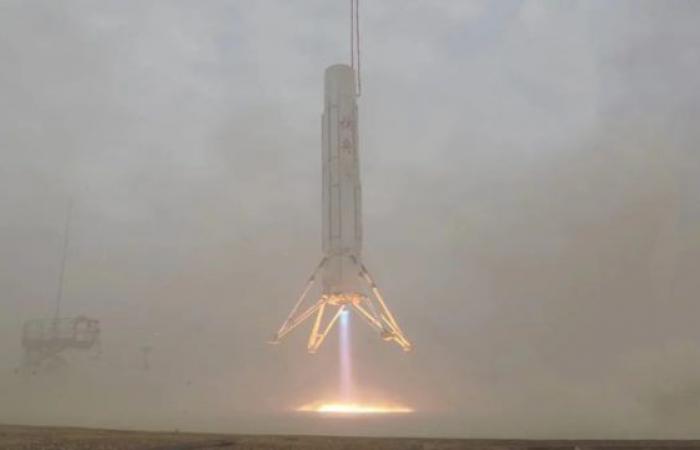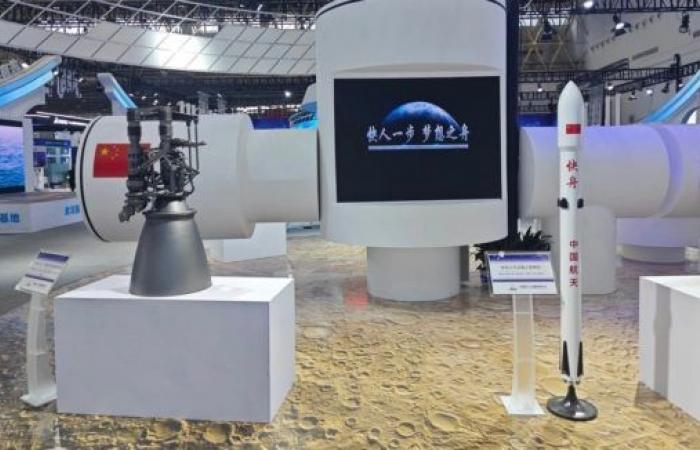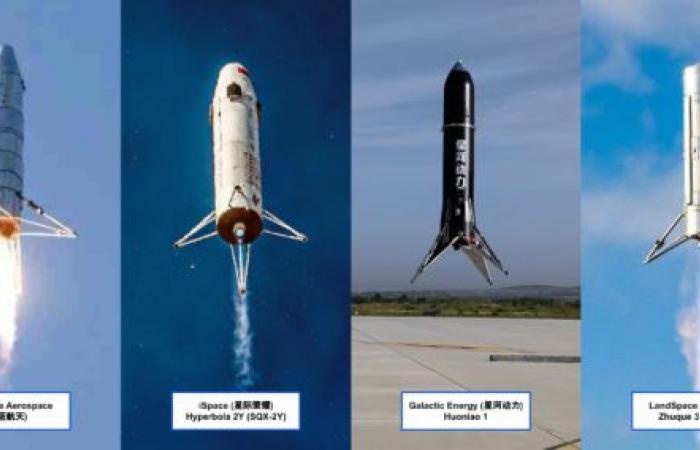There is a new Chinese vertical take-off and landing (VTVL) prototype. Vertical Takeoff, Vertical Landing). At around 05:00 UTC on June 23, 2024, SAST (Shanghai Academy of Spaceflight Technology), the “Eighth Academy” of the state corporation CASC, launched a VTVL prototype with methane propulsion from the Jiuquan space center that reached an altitude of 12 kilometers. The test has caused surprise because it is the first time that SAST announces the existence of a VTVL prototype and, furthermore, because it is the first jump of a Chinese prototype of this type that exceeds 10 kilometers in altitude. The test lasted about six minutes, during which the prototype ascended thanks to its three engines and then landed using only the central engine. The landing gear was deployed at 50 meters altitude.
The prototype has a diameter of 3.8 meters and uses three Longyun (龙云) methane engines of 70 tons of thrust each (with a specific thrust of 293 seconds). Interestingly, even though SAST is a state agency, Longyun engines come from the private company JZYJ (九州云箭). This choice may be because the government equivalent, CASC’s YF-209 methane engine (80 tons thrust), is not yet mature, although it has already performed several ignition tests. SAST wants to carry out a test of this prototype at the end of the year that reaches 75 kilometers to develop a reusable launcher in 2025.
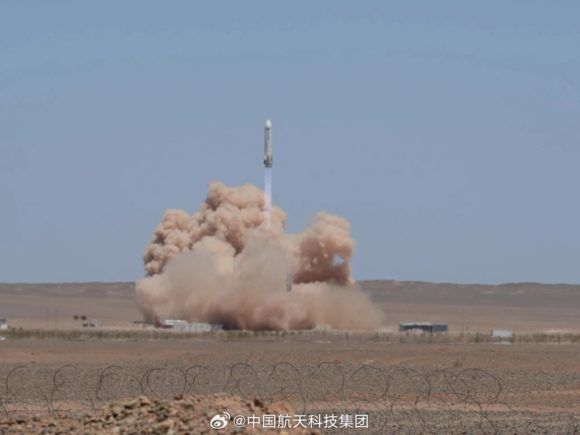
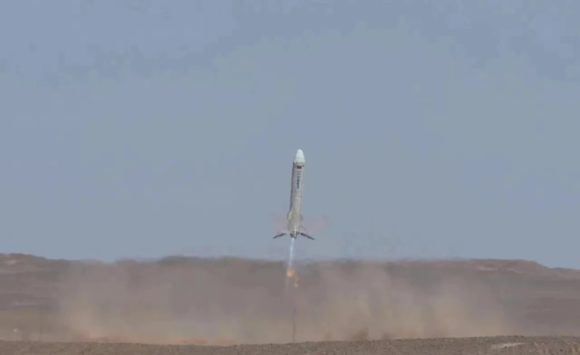
The interesting thing about the case is that no one knows for sure what this launcher will be. SAST will soon put the CZ-12 Long March into service, which should also be reusable in the medium term, but it is a rocket based on kerosene, not methane. However, several years ago SAST presented a family of reusable 4, 7 and 10 meter diameter launchers, the heavier variants being designed for the CZ-10 and CZ-9 projects. Finally, it would be CALT, SAST’s sister and rival organization within CASC, who would take over the leadership of these projects, but it seems that SAST is still committed to developing these rockets. As could not be expected, CALT also proposed a year ago a family of launchers that included the CZ-5, the CZ-9 and a new 7-meter diameter rocket based on YF-209 methane engines, a kind of New Chinese Glenn.
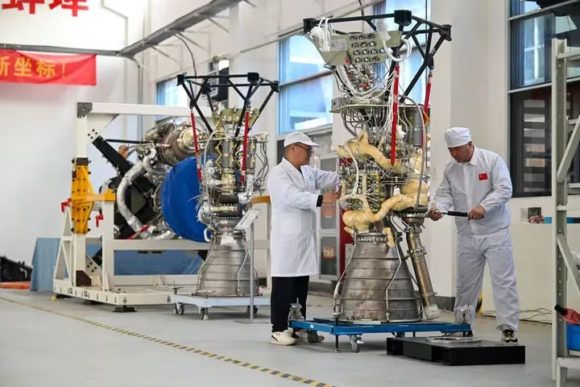
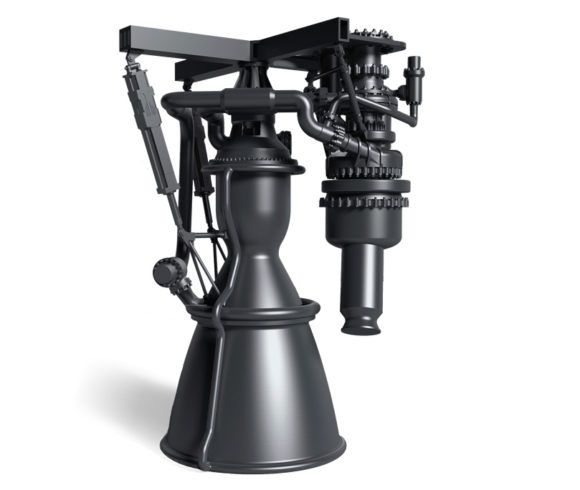

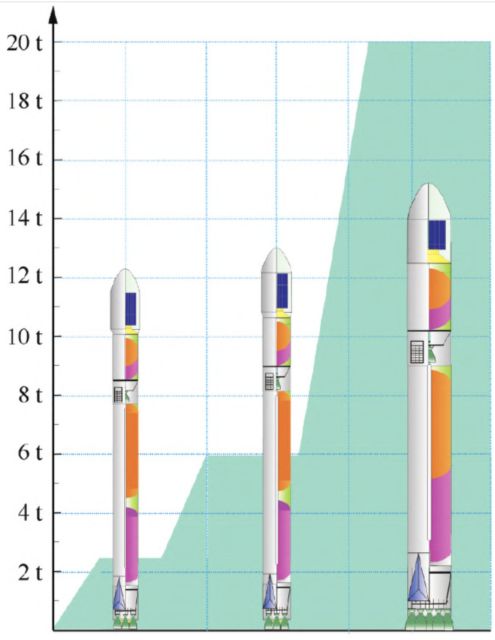
On the other hand, this SAST reusable methane launcher of 4 meters in diameter, of which this VTVL prototype is an advance, will compete directly with the Kuaizhou 6 (快舟六号) a launcher of 4.2 meters in diameter and 40, 6 meters high that will use in its first stage 9 or 7 Minfeng 2 (鸣凤二号) methane engines, also with 70 tons of thrust each. CASIC has already tested another VTVL prototype of the Kuaizhou 6, although it has not yet flown at a significant altitude. CASIC is another state conglomerate at the level of CASC, which shows that the central government is serious about standing up to the efforts of Chinese private companies, which have led the development of VTVL prototypes in recent years.
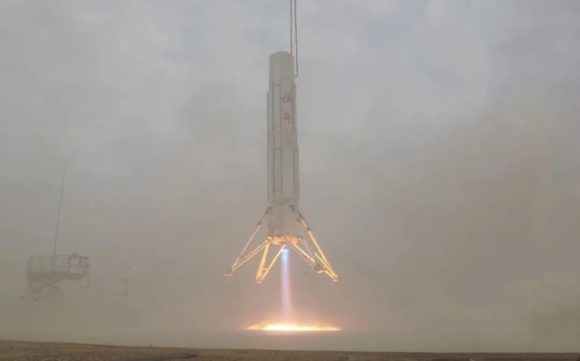
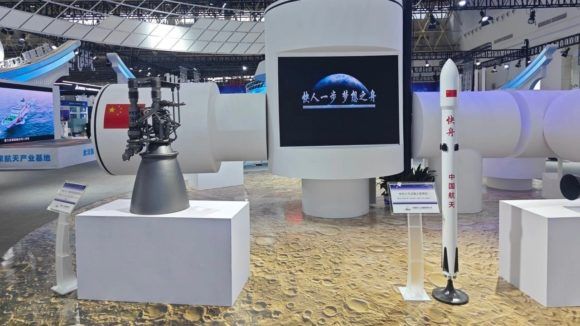
Recall that the LandSpace company tested its Zhuque 3 VTVL-1 prototype from Jiuquan last January, which reached an altitude of 350 meters thanks to a single TQ-12 methane engine (Tianque 12, 天鹊-12). Likewise, the iSpace company carried out several jumps of its VTVL Hyperbola 2Y (SQX-2Y) prototype from Jiuquan in 2023. In the latter, it managed to reach an altitude of 343 meters using a 15-ton thrust JD-1 (Jiaodian 1, 焦点一号) methane engine. As always, it remains to be seen which of these projects will continue, but what is clear is that if China has something to spare these days, it is launcher projects.

